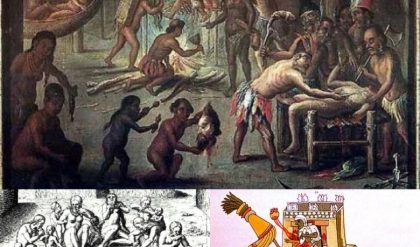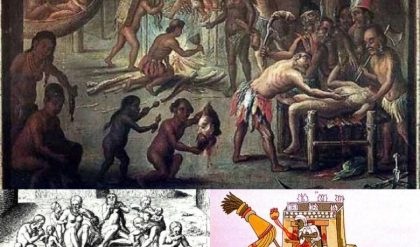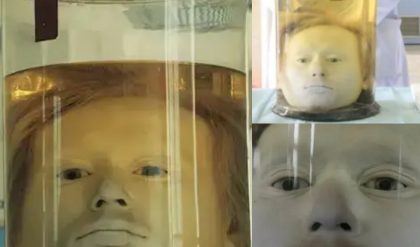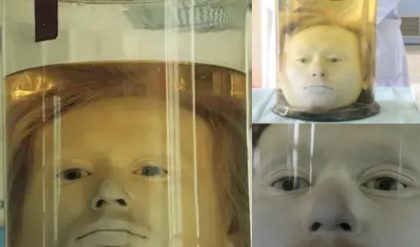In a groundbreaking achievement that brings history to life, a team of researchers has successfully reconstructed the face of a medieval warrior from the year 1361. This remarkable feat, achieved through advanced forensic technology and meticulous analysis, offers a rare and compelling glimpse into the appearance and life of a knight from the late Middle Ages.
The Discovery: Unveiling a Medieval Face
The reconstruction began with the discovery of a well-preserved skeleton during an archaeological excavation of a medieval cemetery. The site, which dates back to the 14th century, yielded the remains of several individuals, among which was the skeleton of a distinguished warrior.

Key aspects of the reconstruction include:
- Detailed Analysis: Researchers conducted a thorough analysis of the skeleton, focusing on cranial features, dental health, and other physical attributes. This analysis provided crucial data for creating a lifelike representation of the individual.
- Forensic Reconstruction: Using cutting-edge forensic techniques, including 3D imaging and facial reconstruction technology, scientists reconstructed the warrior’s face. The process involved creating a digital model of the skull and layering on facial features based on historical and anatomical data.
- Cultural Context: The warrior’s burial site, complete with armor fragments and weapons, provided additional context about his life and status. These artifacts helped researchers understand the individual’s role and significance within medieval society.
Historical Significance: A Window into the Past
The reconstruction of the medieval warrior’s face offers valuable insights into the historical and cultural context of the 14th century. This achievement allows us to better understand the physical appearance and lifestyle of individuals from this period.
- Medieval Warfare: The warrior’s skeletal remains, combined with his burial artifacts, offer clues about medieval warfare and the equipment used by knights and soldiers. The type of armor and weapons found with the remains provide a glimpse into the technological advancements and combat practices of the time.
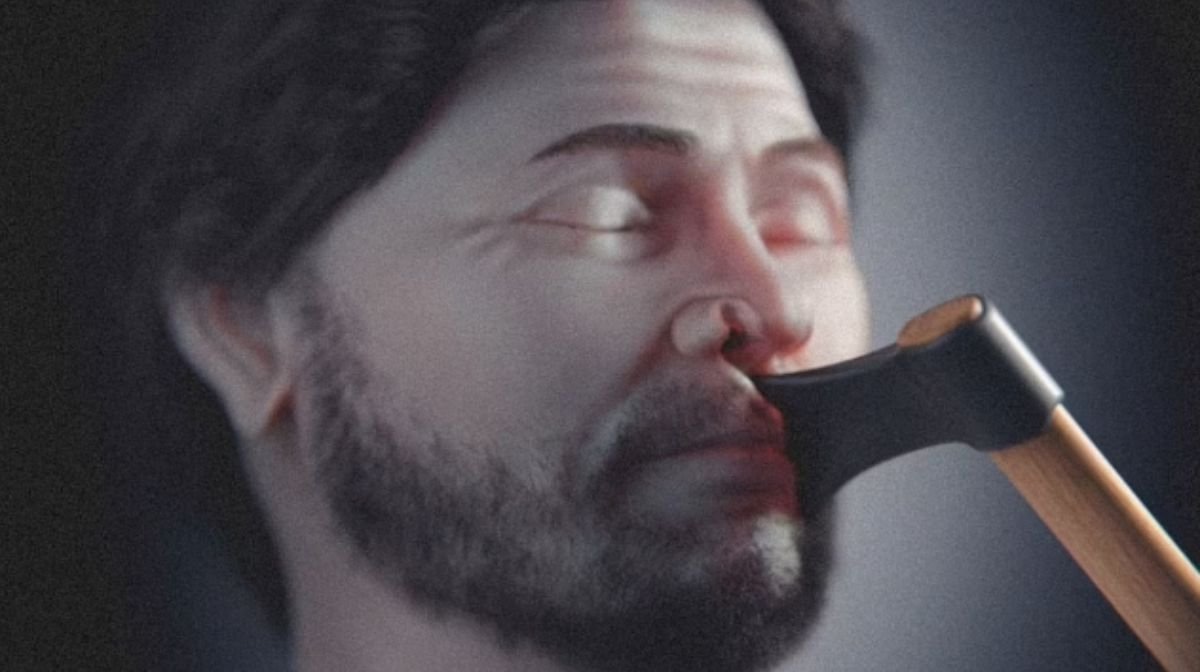
- Social Status: The elaborate burial and the presence of high-quality artifacts suggest that the warrior held a position of significant status or honor. This information contributes to our understanding of social hierarchies and the importance of martial prowess in medieval society.
- Daily Life: By examining the skeletal remains, researchers have gained insights into the warrior’s health, diet, and physical condition. This information helps paint a picture of the challenges and experiences faced by individuals living in the medieval period.
The Reconstruction Process: Bridging Science and Art
The process of reconstructing the warrior’s face involved both scientific and artistic expertise. Here’s how researchers brought the medieval figure back to life:
- Cranial Analysis: The initial step involved analyzing the skull to determine the shape and structure of the face. This included measuring the cranial features and studying the dental records to establish a baseline for the reconstruction.
- 3D Modeling: Using 3D scanning technology, researchers created a detailed digital model of the skull. This model served as the foundation for adding facial features and reconstructing the appearance of the warrior.
- Facial Reconstruction: Skilled forensic artists and anthropologists worked to reconstruct the facial features based on the digital model. They incorporated historical knowledge and anatomical details to create a lifelike representation that reflects the appearance of individuals from the medieval period.
Public and Academic Reactions
The reconstruction has garnered significant interest from both the public and the academic community. The project has been featured in museums and historical exhibitions, providing visitors with an engaging and educational experience.

- Educational Value: The reconstructed face offers an educational tool for understanding medieval history and culture. It allows people to connect with the past in a tangible way, bridging the gap between historical artifacts and human experience.
- Academic Interest: Scholars and researchers are excited about the insights gained from the reconstruction. It provides a valuable case study for understanding the methods and challenges of forensic anthropology and historical reconstruction.
Future Research and Exploration
The success of this reconstruction opens the door for further research into medieval life and other historical periods. Future projects may explore additional archaeological finds and continue to refine techniques for reconstructing historical figures.
- Ongoing Studies: Researchers plan to continue studying the warrior’s remains to gain more insights into his life and times. This includes further analysis of the artifacts and examination of other individuals from the same period.
- Technological Advancements: Advances in forensic technology and 3D modeling will continue to enhance the accuracy and detail of future reconstructions. These developments will contribute to a deeper understanding of historical figures and their contexts.
Conclusion
The reconstruction of the medieval warrior’s face from 1361 is a remarkable achievement that brings the past to life. Through meticulous scientific and artistic efforts, researchers have provided a vivid and compelling glimpse into the appearance and life of a knight from the late Middle Ages. This groundbreaking project enriches our understanding of medieval history and offers a powerful connection to the individuals who shaped it.


